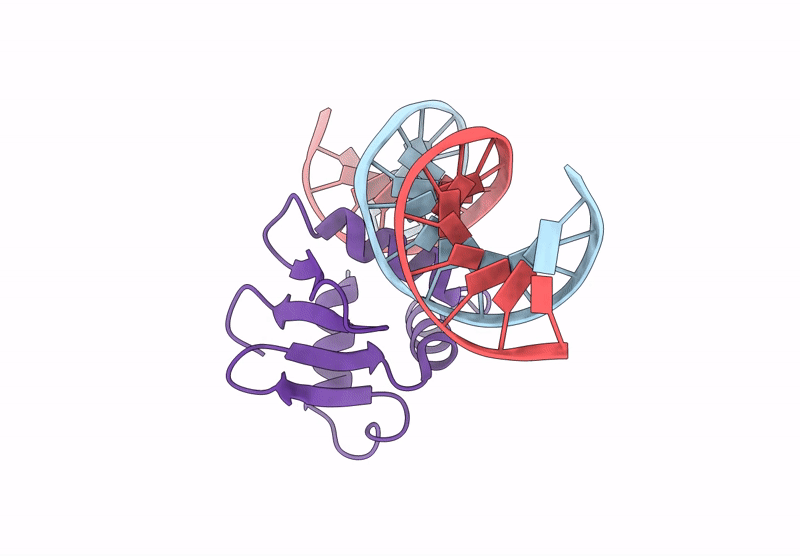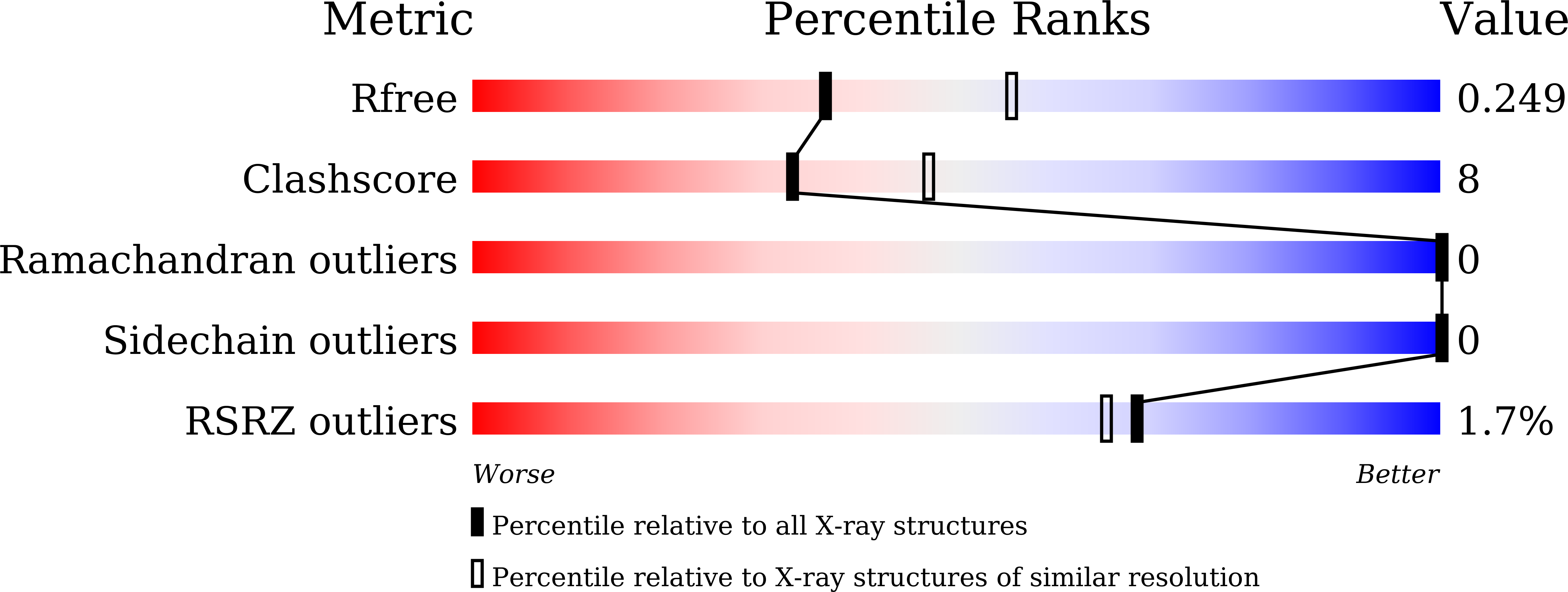
Deposition Date
2024-05-10
Release Date
2025-05-21
Last Version Date
2025-07-23
Method Details:
Experimental Method:
Resolution:
2.40 Å
R-Value Free:
0.24
R-Value Work:
0.19
R-Value Observed:
0.19
Space Group:
P 21 21 21


